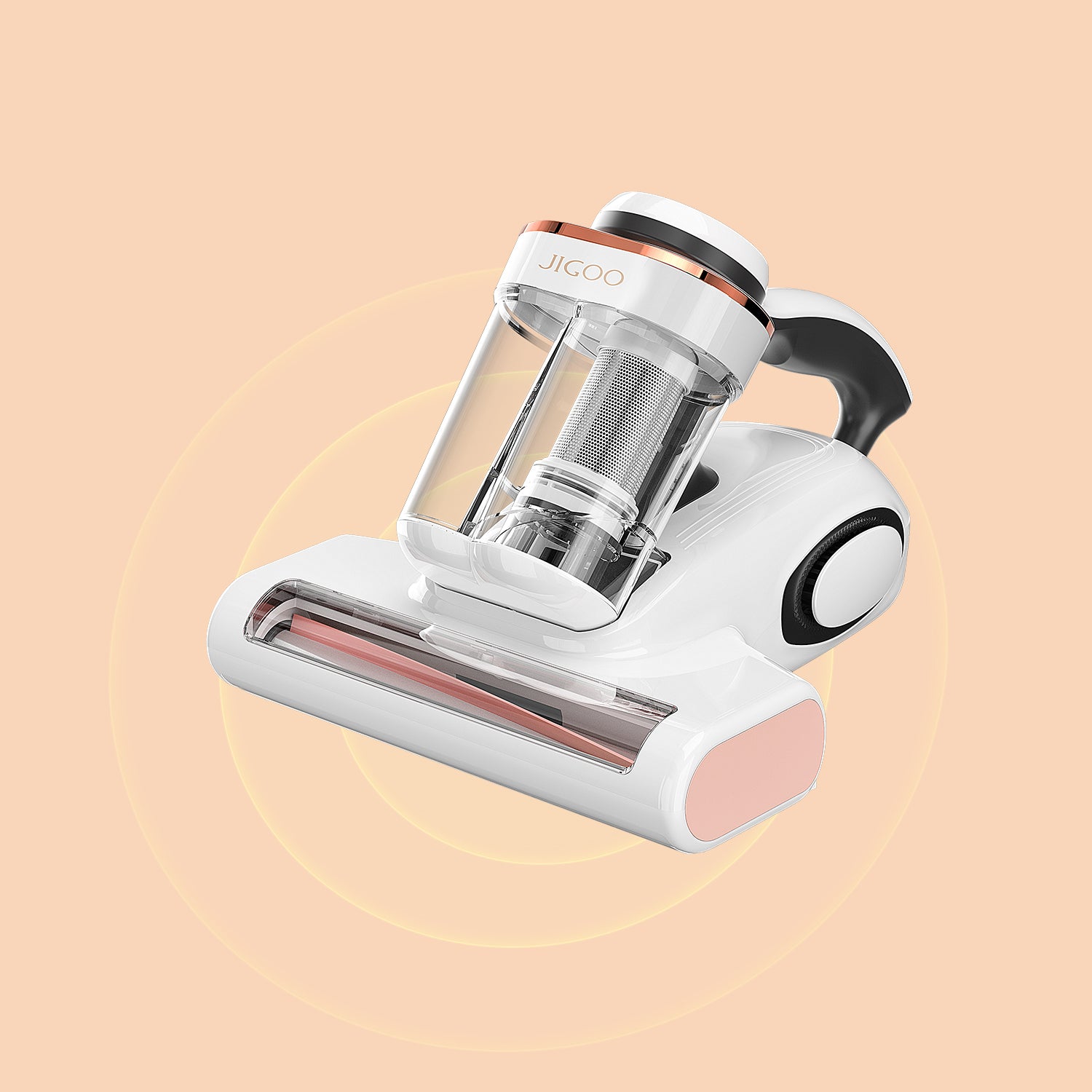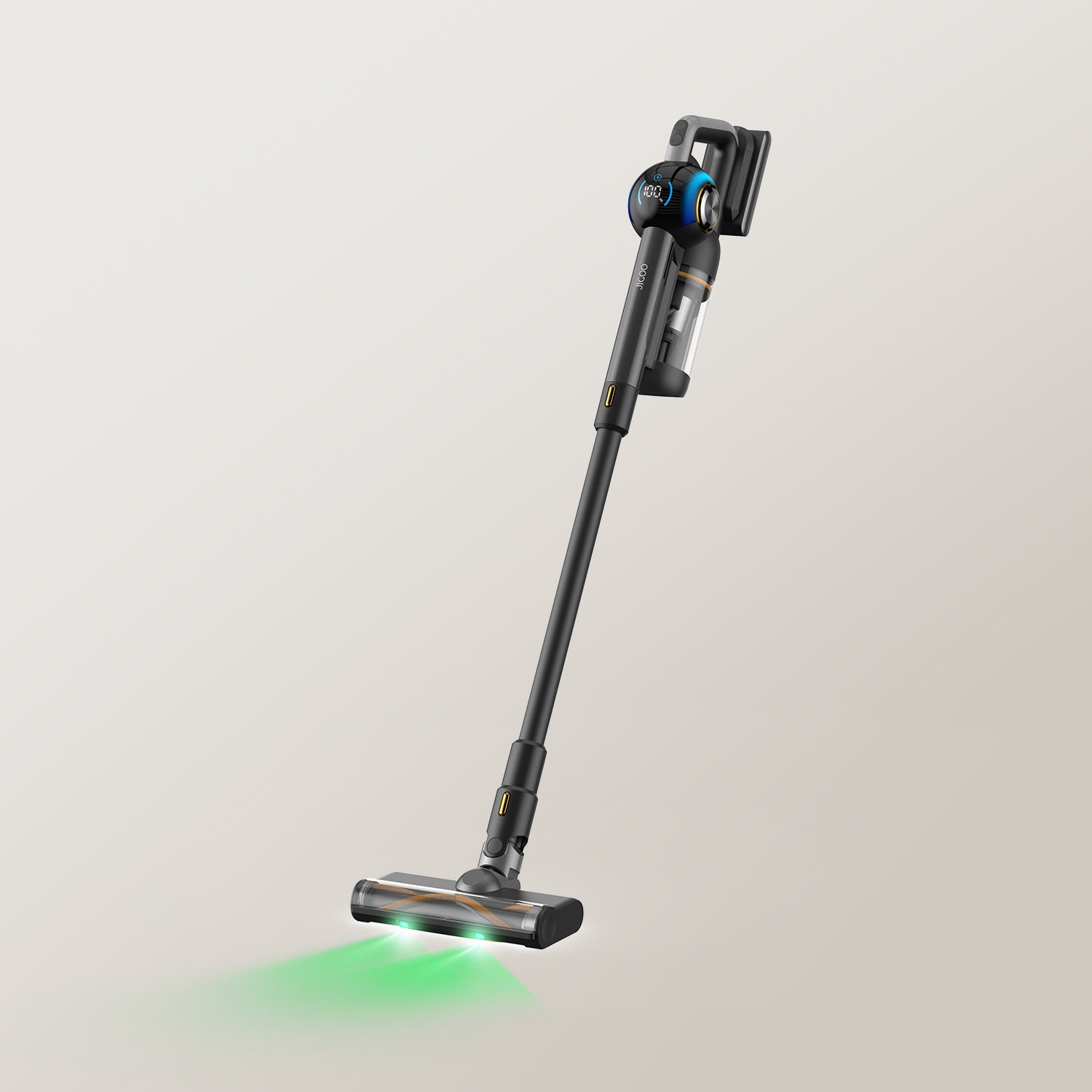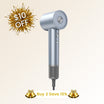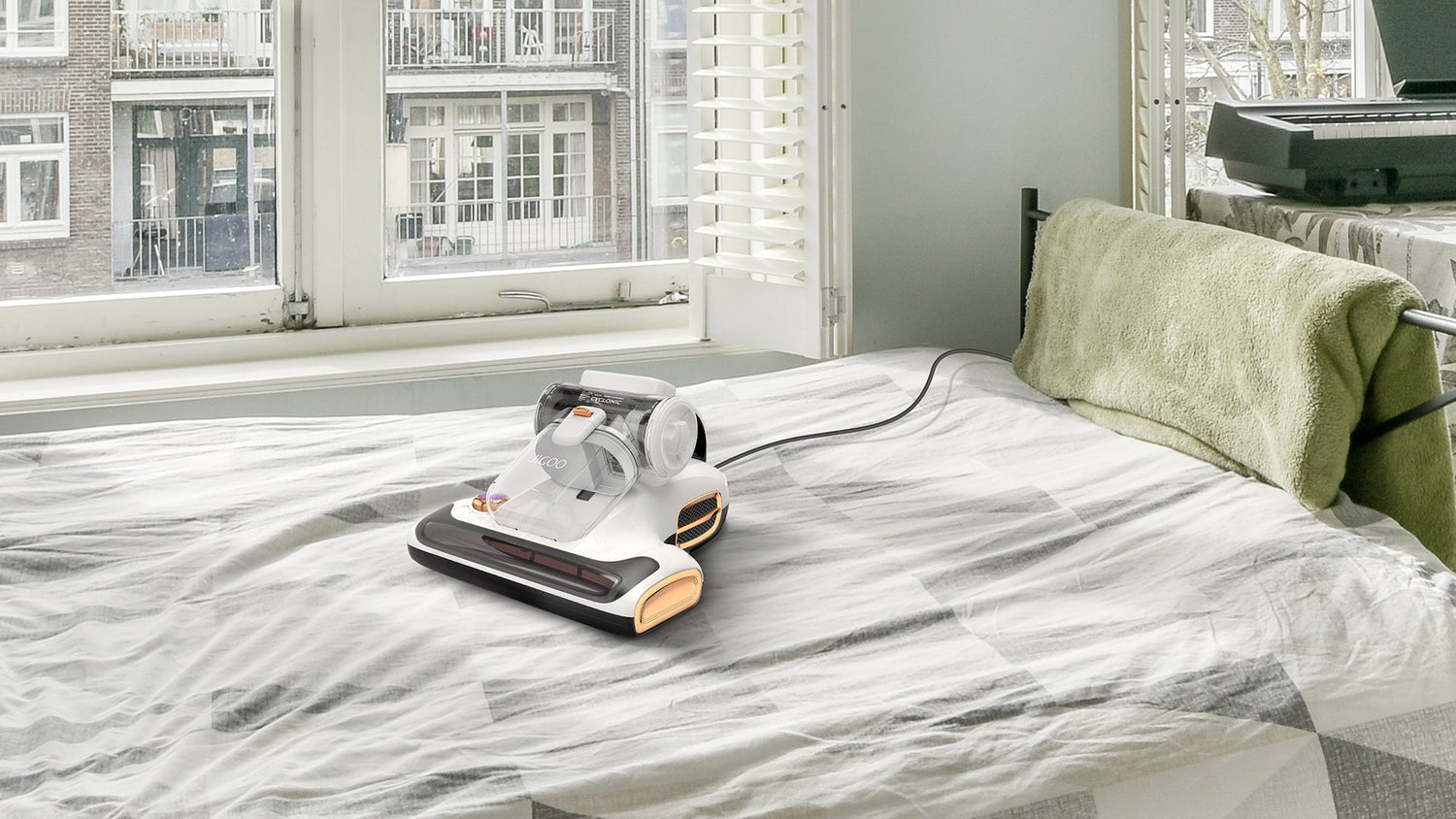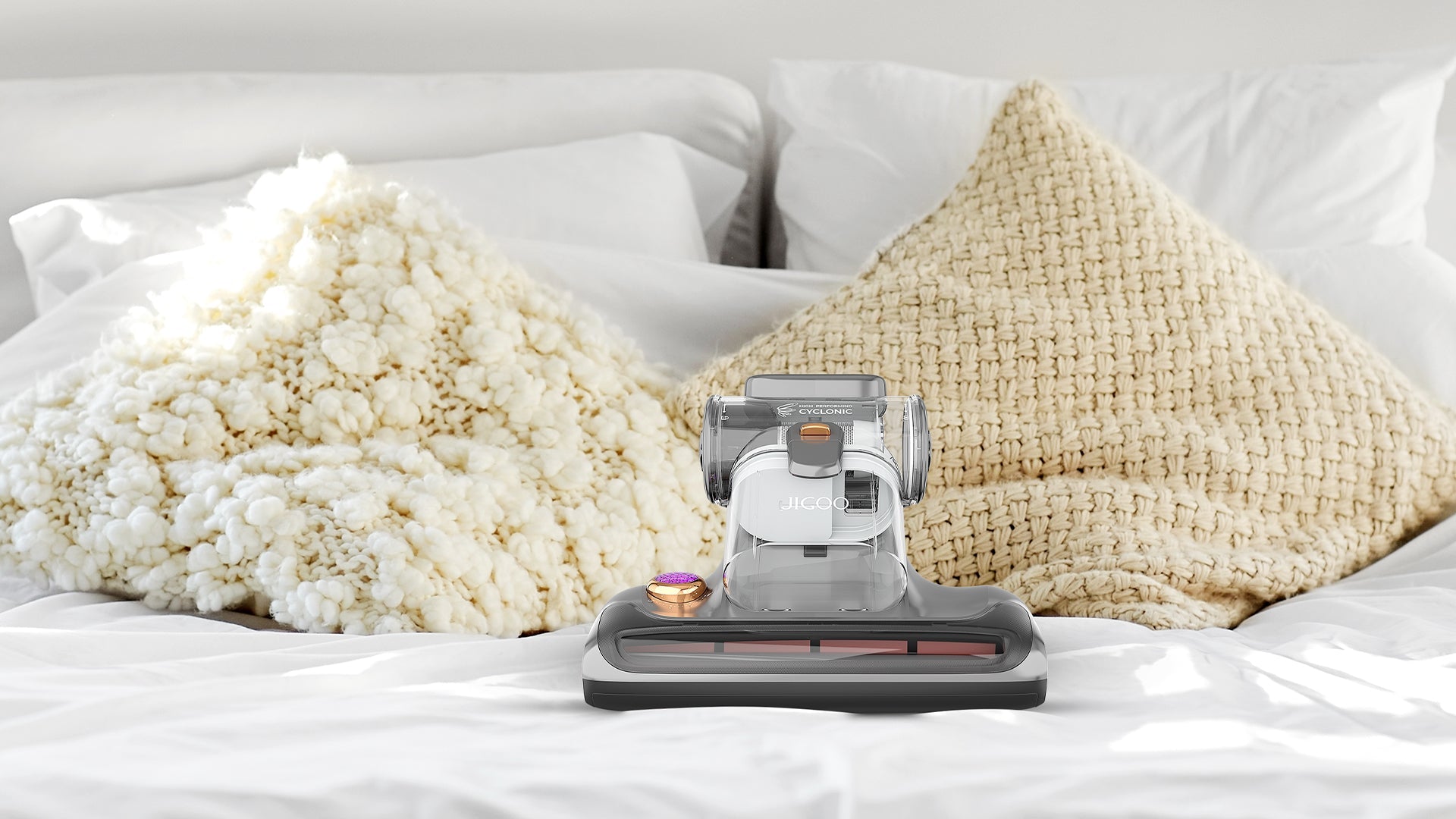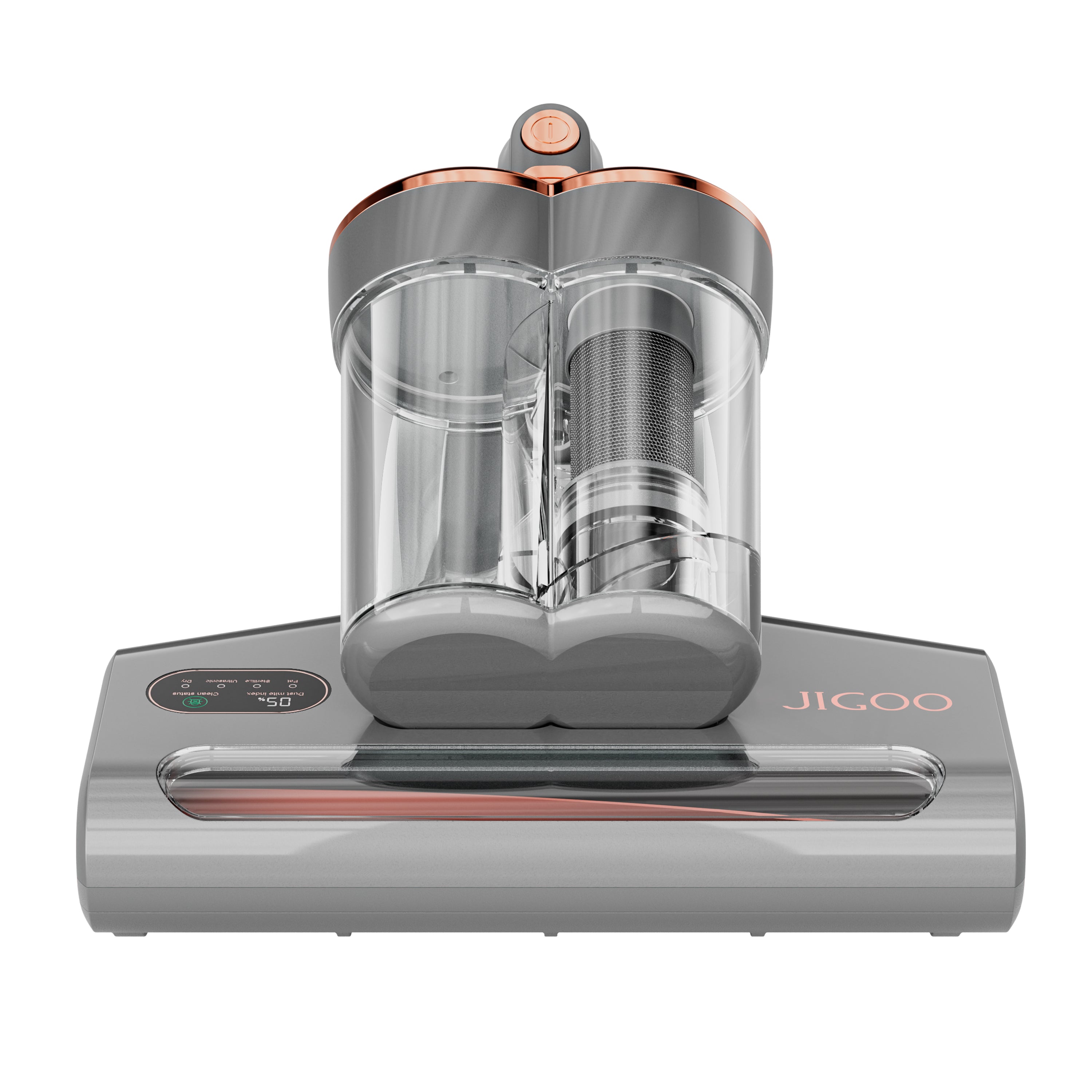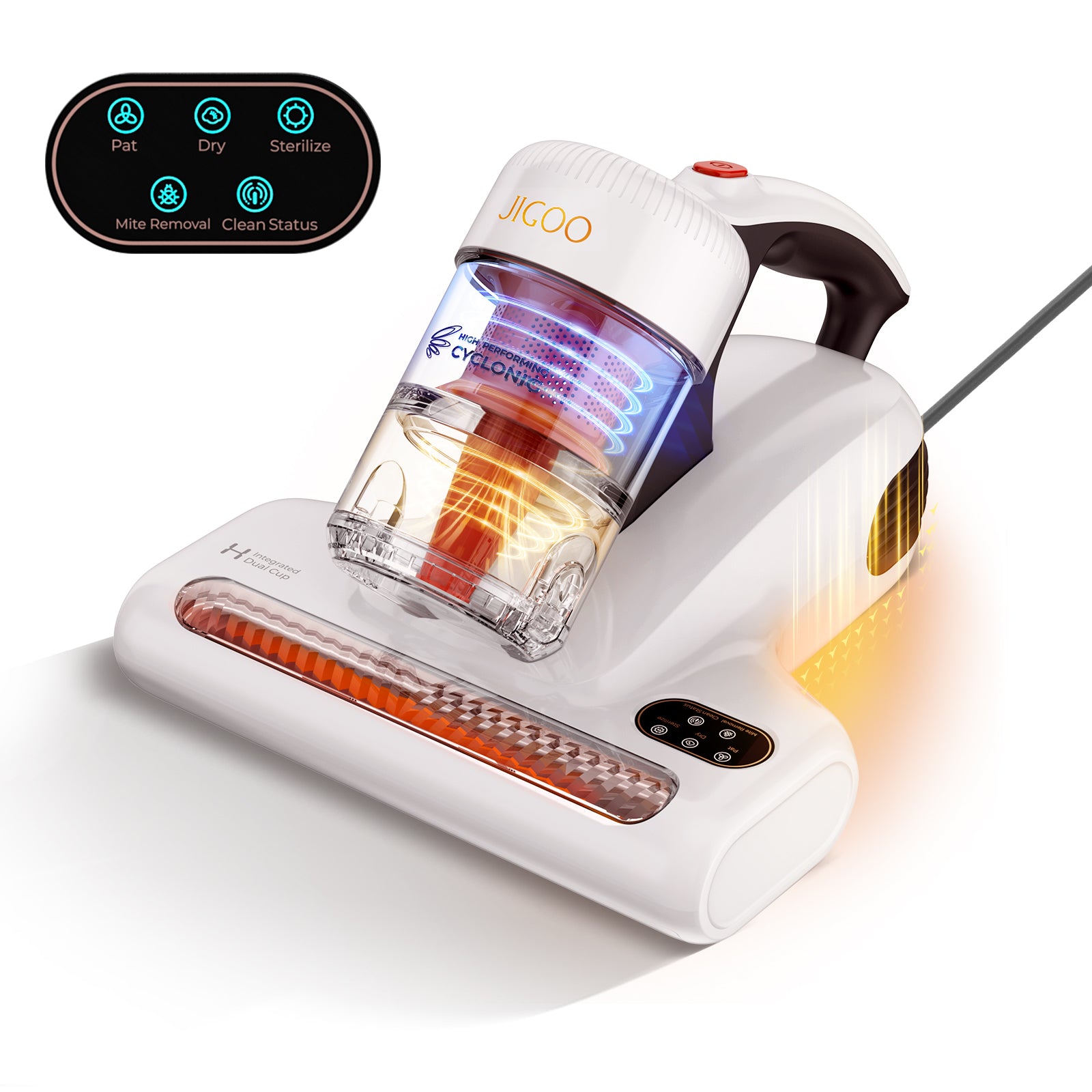Every autumn and winter, many people encounter an awkward and annoying problem: despite having bathed just before bed, their skin begins to itch inexplicably shortly after slipping under the covers. The urge to scratch is irresistible, not only disrupting sleep quality but also leaving red marks if scratched too hard. Some attribute this to dry skin, yet applying body lotion brings little noticeable relief. In truth, the unseen culprit behind this intensified autumn-winter bedding itch is likely the microscopic dust mites. Today, we'll unravel the connection between these mites and the autumn-winter bedding itch from two perspectives: laboratory data and the micro-environment within the bedding.
Laboratory Data Reveals: 15-25°C is the “Golden Period” for Mite Reproduction
When mentioning mites, many people's impression is limited to ‘they cause allergies,’ unaware that their reproduction rate is strongly linked to temperature. To understand the survival patterns of mites, numerous microbiology laboratories worldwide have conducted long-term observations, ultimately reaching a crucial conclusion: when the ambient temperature is between 15-25°C (59-77℉), mites enter their peak reproduction period. This temperature range coincides precisely with the temperature inside bedding during autumn and winter.
According to the analysis in Integrative Acarology, researchers placed different batches of dust mites (the species most commonly encountered by humans) under controlled laboratory conditions, with temperatures set at 5°C (41℉), 10°C (50℉), 15°C (59℉), 20°C (68℉), 25°C (77℉), and 30°C (86℉). Humidity was maintained stably at 60%–80%—the optimal survival range for dust mites. They then recorded changes in mite populations at regular intervals. Experimental data can be referenced in the table below.
| Temperature Range | Mite Activity Status | Daily Average Egg Production (Females) | Incubation Period (Days) | Larval-to-Adult Development Period (Days) |
|---|---|---|---|---|
| <10°C (<50℉) | Dormant or Stagnant | 0 | Incubation Stagnation | Development Stagnation |
| 15°C (59℉) | Slow Activity | 1-2 | 10-15 Days | 20-30 Days |
| 20-25°C (68-77℉) | Highly Active (Optimal Temperature Range) | 3-5 | 5-7 Days | 12-15 Days |
| >30°C (>86℉) | Activity Suppressed (High Temperature Stress, Seeks Shade/Moisture) | 1-2 | 6-8 Days | 10-15 Days |
As shown in the table above, mite populations exhibit exponential growth within the 15-25°C temperature range. Taking the environment initially housing just 100 mites as an example: at 20°C and 70% humidity, the mite population can exceed 1,000 within a single month, and within two months, the count can soar to over 5,000. During autumn and winter, the temperature within bedding while sleeping typically remains between 18-22°C—precisely within the mites' optimal breeding range. This means that in autumn and winter, mites within bedding multiply faster and in greater numbers than in other seasons, thereby intensifying skin itchiness.
The Bed’s Micro-Environment: A Perfect Home for Mites
1. Temperature: The "Constant-Temperature Breeding Chamber" in Your Bed
During the colder autumn and winter months, people sleep under thick duvets and may even use electric blankets or hot water bottles for warmth. This creates a relatively enclosed “constant-temperature space” within the bedding. During the day, indoor temperatures may hover between 10-15°C (50-59℉). However, at night, the body's own heat dissipation combined with the insulating effect of the duvet causes the temperature within the bedding to rapidly rise to 18-22°C (64.4-71.6℉). This temperature remains stable throughout the night, precisely matching the range where laboratory data shows mites reproduce most rapidly.
Compare this period to spring and summer: while summer can also see temperatures above 25°C (77℉), people sweat a lot then, and most keep windows open for ventilation. This makes the temperature under the covers fluctuate constantly, so it’s difficult to maintain a stable "breeding temperature zone" for long. But in autumn and winter, thick quilts are already great at retaining heat, and windows are kept tightly closed to keep out the cold—so the temperature under the covers stays consistently between 15-25°C (59-77℉). This acts as a "custom-built constant-temperature breeding chamber" for mites, leading to their rapid multiplication during this period
2. Humidity: The Mite's “Water Supply Station”
Beyond temperature, humidity is equally vital to mite survival. Lacking a respiratory system, mites sustain themselves primarily by absorbing atmospheric moisture through their bodies—thriving best in environments with 60%-80% humidity. The autumn and winter bed microenvironment perfectly meets this requirement.
The dry air in the fall and winter makes moisture evaporate from human skin faster. This effect is particularly pronounced during sleep, when the body releases significant amounts of water vapor through both respiration and skin transpiration. Trapped beneath thick duvets, this vapor can’t dissipate quickly, driving up humidity levels in the bedding. Data shows that bedding humidity in autumn and winter typically ranges from 65% to 75%—exactly the optimal range for mites.
Additionally, many people have the habit of soaking their feet before bed in these cooler seasons. After a foot soak, residual moisture on the skin further boosts bedding humidity once they get under the covers. This provides mites with ample "moisture replenishment," supporting their active survival and reproduction.
3. Skin Flakes: The Mite's ‘Natural Food Bank’
Mites are classic scavengers, and shed human skin flakes serve as their main source of food. Statistics show that an adult sheds roughly 1-2 grams of skin flakes each day—most of which stick to bedsheets, duvet covers, pillowcases, and the inside of duvets.
In autumn and winter, dry weather speeds up skin cell turnover, causing people to shed more skin flakes than they do in spring and summer. At the same time, bedding gets washed less often during colder months: partly because washing and drying linens is inconvenient when the weather is chilly, and partly because people sweat less, making bedding seem less "dirty." This leads to a steady buildup of skin flakes in and around the bed.
These accumulated flakes act as a true "natural food bank," supplying mites with a constant stream of nutrients. Feeding on this abundant food source, mites multiply even faster. Worse still, their excrement and carcasses transform into allergens that irritate human skin—ultimately triggering that troublesome itching sensation.
How to Remove Dust Mites Effectively with a Mattress Vacuum Cleaner?
Now that we understand how dust mites trigger autumn and winter skin itching, many of us are wondering how to say goodbye to this embarrassing annoyance. Beyond regularly cleaning bed linens and keeping indoor spaces ventilated, you can also use a mattress vacuum cleaner for efficient mite removal. Next, let’s take a look at how the JIGOO T600 mattress vacuum cleaner effectively eliminates mites, eases skin irritation, and helps you get back to restful nightly sleep.
1. Regulating Mattress Temperature and Humidity
In autumn and winter, we rely more on electric blankets—and when combined with the natural moisture our bodies release, mattresses become prime breeding grounds for dust mites. This often leads to unbearable nighttime skin itching. To solve this problem for good, reducing electric blanket use and sticking to regular cleaning isn’t enough; you also need a professional mattress vacuum cleaner for effective mite removal.
Take the JIGOO T600, for example: Its 60°C constant-temperature hot air design delivers powerful heat deep into bedding fibers, wiping out dust mites at the source and cutting down on allergens significantly. At the same time, it lowers humidity levels in mattresses and pillows, creating a healthier sleeping environment overall.
2. Reducing Skin Flake Accumulation
Autumn and winter’s dry air speeds up skin cell renewal, meaning we shed far more skin flakes than we do in spring and summer. To make matters worse, we tend to wash bedding less often in cold weather—leading to heavy skin flake buildup. These flakes become a natural food source for mites, so regular cleaning alone won’t solve the problem; you need to eliminate flakes at the source.
The JIGOO T600 mattress vacuum cleaner is up to the task: Equipped with a powerful 700W motor and 15kPa suction, it removes 99.99% of dust mites from bedding. Its metal roller brush uses high-frequency tapping to reach deep into mattress layers, ensuring thorough mite removal.
3. Overcoming the Limitations of Sun-Drying
In autumn and winter, significant day-night temperature fluctuations coincide with gradually shortening daylight hours. This not only severely limits the time available for sun-drying mattresses but, more critically, leads to a marked drop in sunlight intensity. As ultraviolet (UV) rays travel through the atmosphere, their energy dissipates substantially—resulting in far less effective UV exposure reaching the ground. Even if you manage to air out your mattress in the sun, the weak UV rays struggle to penetrate fabric fibers and destroy mite cells, making traditional sun-drying nearly useless for mite removal.
This is where a mattress vacuum cleaner becomes indispensable, and the JIGOO T600 stands out as a reliable solution. Equipped with an 800mW UV light source, it can penetrate mite cell membranes to effectively damage their DNA and RNA. When combined with high-frequency ultrasonic technology, it further disrupts mites’ nervous systems and breaks their reproductive cycles—delivering highly efficient mite elimination.
Beyond these features, the JIGOO T600 also boasts innovative aromatherapy technology. It breaks down odors into micrometer-sized molecules, effectively eliminating the unpleasant sweat smells that linger in bedding after sleep. What’s more, the fresh fragrance permeates every corner of your bedding, providing a pleasant olfactory experience. This not only leaves your bed smelling nice but also helps you drift off to sleep more peacefully and securely.
Conclusion
While bedding itchiness in autumn and winter may seem trivial, it’s closely tied to the survival and reproduction of dust mites. Mite overgrowth not only threatens you and your family’s health but also ruins sleep quality. That’s why a professional mattress vacuum cleaner is essential for keeping bedding hygienic. It efficiently eliminates dust mites and keeps mattresses, pillowcases, and duvets dry—thereby effectively curbing mite proliferation, improving the micro-environment of your bedding, relieving itchiness, and creating a comfortable sleep space.
If you’re looking for the right mattress vacuum, check out JIGOO. With advanced technology and a genuine focus on customers, we offer professional, high-performance home cleaning tools. You’ll find the perfect mattress vacuum for your needs here.

